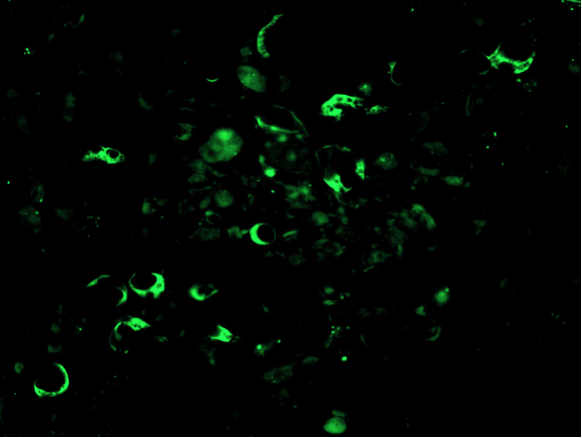Back to 2016 Annual Meeting
Combining Nerve Autograft and Decellularized Allograft Cables with Epineurotomies Allows for Trans-Perineurial Schwann Cell Migration
Sami Tuffaha, MD, Joshua Budihardjo, BS, Amy Quan, BS, Joseph Lopez, MD, Gerald Brandacher, MD, Jaimie Shores, MD.
Johns Hopkins School of Medicine, Baltimore, MD, USA.
BACKGROUND- When using a combination of autograft and decellularized allograft cables to reconstruct a large nerve defect, we hypothesize that epineurotomies in the grafts will allow for side-to-side Schwann cell migration from the autograft cables to the decellularized allograft cables. We present a case series demonstrating outcomes using this technique and a rat study assessing whether epineurotomies allow for transperineurial migration of Schwann cells for autograft to decellularized allograft cables.
METHODS- Case series: Motor and sensory outcomes data were collected retrospectively for 5 patients who underwent reconstruction of large-caliber mixed motor nerves (median, ulnar, and sciatic) with a combination of autograft and decellularized allograft cable grafts. Longitudinal epineurotomies were made in the cable grafts before they were merged side-to-side with fibrin glue and sutured into the defects. (Figure 1) Animal study: 4 cm sciatic nerve defects were created in Lewis rats and bridged with autograft + allograft with epineurotomies (group 1); autograft + allograft without epineurotomies (group 2); or allograft alone (group 3). (N=2 per group). At 2 weeks, mid-graft cross-sections were stained for S100 to assess for the presence of Schwann cells by immunofluorescence microscopy.
RESULTS: Case series: Defects were reconstructed in ulnar, median and sciatic (x2) nerves. All defects were greater than 4 cm in length. All patients demonstrated favorable recovery of motor and sensory function. Animal study: In one of two animals in Group 1, S100-positive Schwann cells were found within allograft fascicles. (Figure 2) In the second animal of Group 1, Schwann cells were seen crossing the perineurium of the allograft, but none were found within the allograft fascicles. In Groups 2 and 3, there were no S100-positive cells observed within the allograft fascicles or crossing the perineurium in any animals.
CONCLUSIONS: Our case series demonstrates the feasibility of combining autograft and decellularized allograft cable grafts with epineurotomies to reconstruct large mixed-motor nerve defects with favorable outcomes. Epineurotomy allows for trans-perineurial side-to-side Scwhann cell migration from autograft to decellularized allograft cable grafts. Further studies are needed to delineate the degree and timing of Schwann cell migration, as well as the impact this has on axonal regeneration, muscle and sensory reinnervation and functional outcomes.
Figure 1: Combined autograft and decellularized allograft cables with epineurotomies, prior to implantation.

Figure 2: S100-positive Schwann cells within allograft fascicle (Group 1)

Back to 2016 Annual Meeting
|
